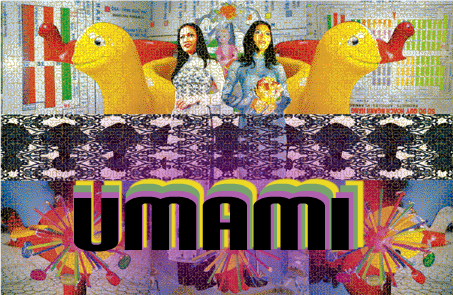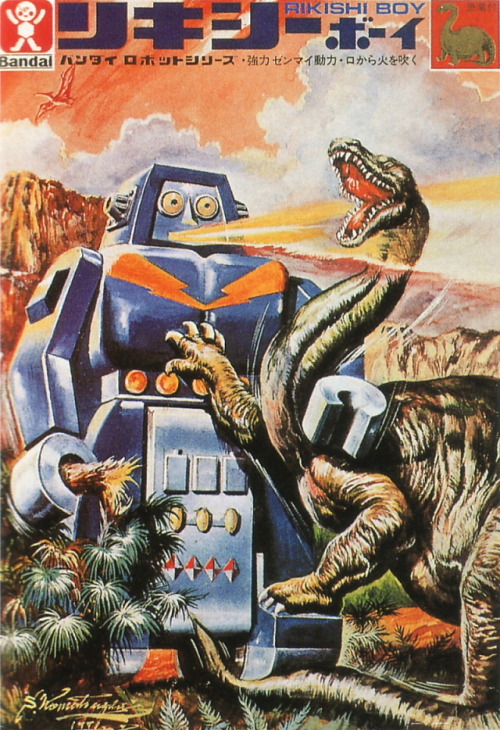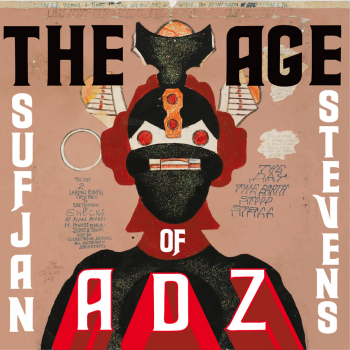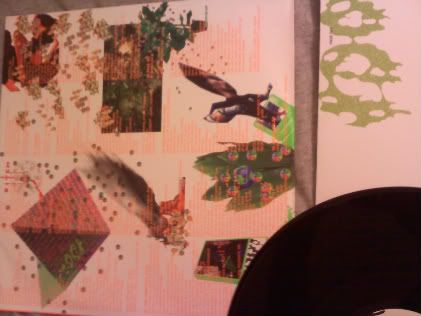
*Click picture to listen
Kosmische and Krautrock Muzik
As I said in Part 1 the Germans were pioneers of Electronic music in the late 60-70s.
Kluster was formed in 1968 and consisted of Conrad Schnitzler, Hans-Joachim Roedelius, and Dieter Moebius, three very big names in Electronic music. Their debut album Klopfzeichen is very experimental and considered one of the first Industrial albums. Schnitzler left the band the remaining two created Cluster and released several albums my favorite being Zuckerzeit in 1974:
This album sounds like it could have been released today
In 1970, Kraftwerk was formed and became probably the most renowned of this era. They released a few great albums until they finally broke out with the album Autobahn, which marked a significant change in their style. For the next 10 years they released the most influential Electronic albums ever. Here are some samples:
this song was the first sample in hip hop music, with the song Planet Rock by Afrika Bambataa
In other words, fuck Daft Punk.
The bands Can and Ash Ra Tempel were a couple of the first experimental rock bands to incorporate electronic sounds and tape loops. Holger Czukay, who was greatly influenced by Stockhausen brought over his teachings into the Can's music.
A few members of Kraftwerk quit and created Neu! I'm getting lazier and I don't feel like saying much but they are hugely influential in electronic music.
Tangerine Dream:
For more Kosmische bands go Here.
There were other influential bands around this time other than Germany. Lately I've been listening to a lot Yellow Magic Orchestra who come from Japan. They composed some songs for video games and made some great albums.
This song reminds me of epic battle music for Mega Man or something ...
Anyways I think that's enough information and videos for people who don't have too much knowledge of early Electronic Music. I intended to write a lot more but I've grown lazy. Hope you enjoyed!













